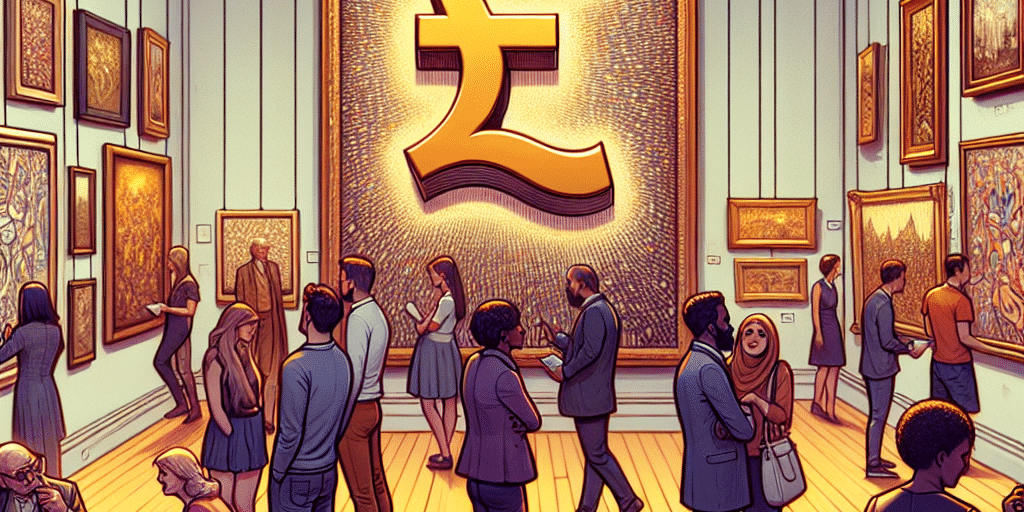The Influence of Art Galleries: How They Shape the Value of Masterpieces
Art galleries have long been celebrated as sacred spaces where culture, creativity, and commerce converge. These institutions, whether nestled in bustling city centers or quaint town corners, play a crucial role in shaping how art is perceived and valued. Indeed, their influence extends far beyond being mere exhibition halls; they actively participate in defining, curating, and even dictating the value of masterpieces. But how exactly do art galleries influence this intricate valuation process?
1. Curatorial Authority and Artistic Value
The process begins with the curatorial choices made by gallery managers and owners. With an eye trained for aesthetic, historical, and often speculative economic value, curators decide which works to showcase. By selecting certain artists or movements over others, galleries can elevate these choices into the public consciousness, influencing both contemporary tastes and academic appreciation. The artworks chosen to be spotlighted in reputed galleries often see a corresponding increase in both their market and cultural value.
2. The Role of Gallery Prestige
The prestige of a gallery can dramatically affect how art is valued. Recognized names like Gagosian, Saatchi, or the Serpentine in London are known for their stringent selection criteria, which can serve as a ‘stamp of approval’ in the art world. The association with such esteemed galleries can significantly elevate an artist’s reputation, with the pieces showcased often commanding higher prices at auctions and in the secondary market. This prestige acts as a filter, with only certain artworks gaining the recognition required to be deemed masterpieces.
3. Networking and the Art Market
Art galleries serve as networking hubs where artists, collectors, curators, and critics intersect. These interactions can lead to collaborative exhibitions, media coverage, and even acquisitions by major museums. The connections fostered within galleries often lead to increased visibility and can result in artists gaining critical acclaim, pushing their works into the realm of highly valued masterpieces. Furthermore, galleries often act as intermediaries, mediating negotiations and brokering sales that impact market values.
4. Market Dynamics and Pricing Strategies
Galleries are central to the economics of the art world. They set initial prices for artworks, which can establish a benchmark for future sales. Through expert knowledge of the market and shrewd pricing strategies, galleries can ensure both the continued demand for certain pieces and their appreciation in value. Limited editions, special themes, or career retrospectives are often strategies employed to bolster an artist’s market position and, by extension, the value of their works.
5. The Narrative Aspect
An essential part of a gallery’s function is storytelling. By providing context through curated narratives, interpretative plaques, exhibition catalogs, and guided tours, galleries help shape public and critical perception of artworks. These narratives can highlight aspects of a piece’s historical significance, technical mastery, or revolutionary ideas, contributing to its status and perceived value. The stories that galleries construct around artworks can thus amplify their cultural and economic worth immensely.
Conclusion
The influence of art galleries in shaping the value of masterpieces is profound and multi-faceted. As gatekeepers and cultivators of both taste and market dynamics, galleries play a pivotal role in the trajectory of art throughout history. Their power lies not merely in the artworks they choose to display, but also in the nuanced and strategic ways they engage with the art world ecosystem. As such, galleries continue to stand as titans within the art landscape, systemically crafting the legacy and valuation of masterpieces for generations to come.







